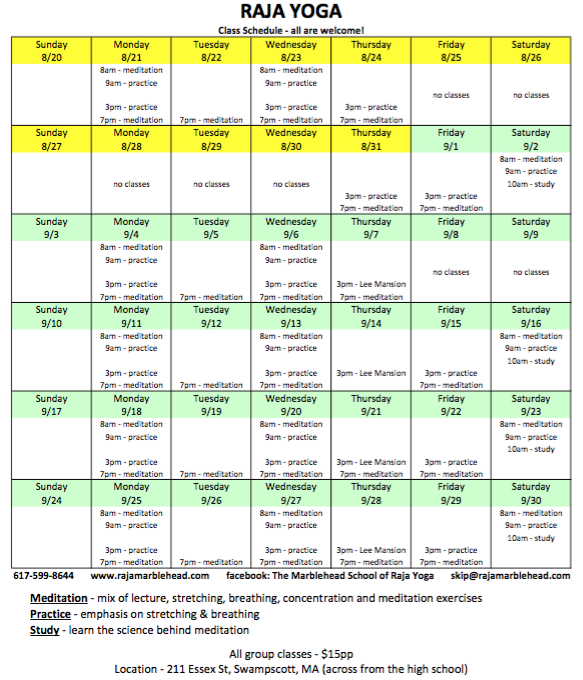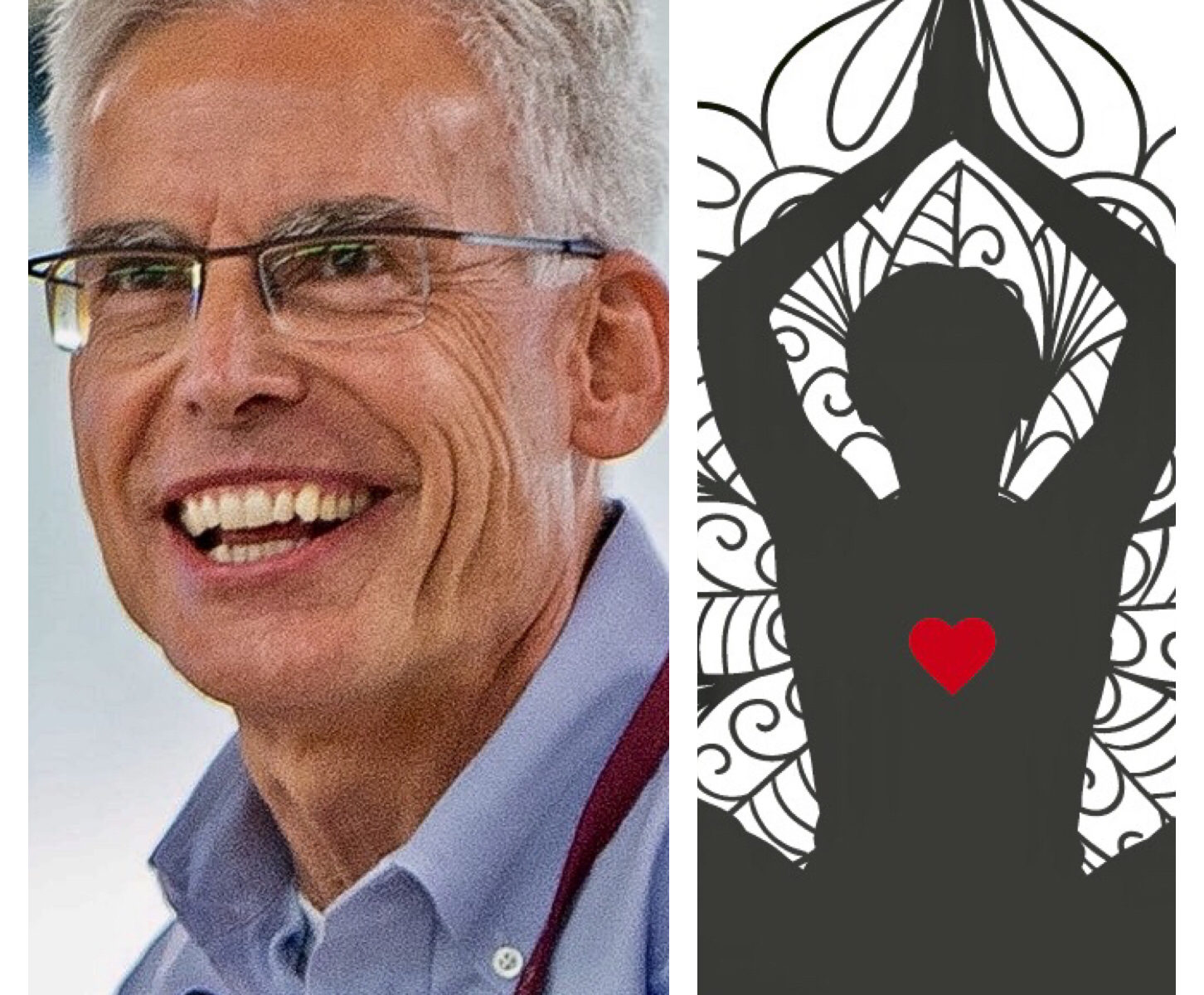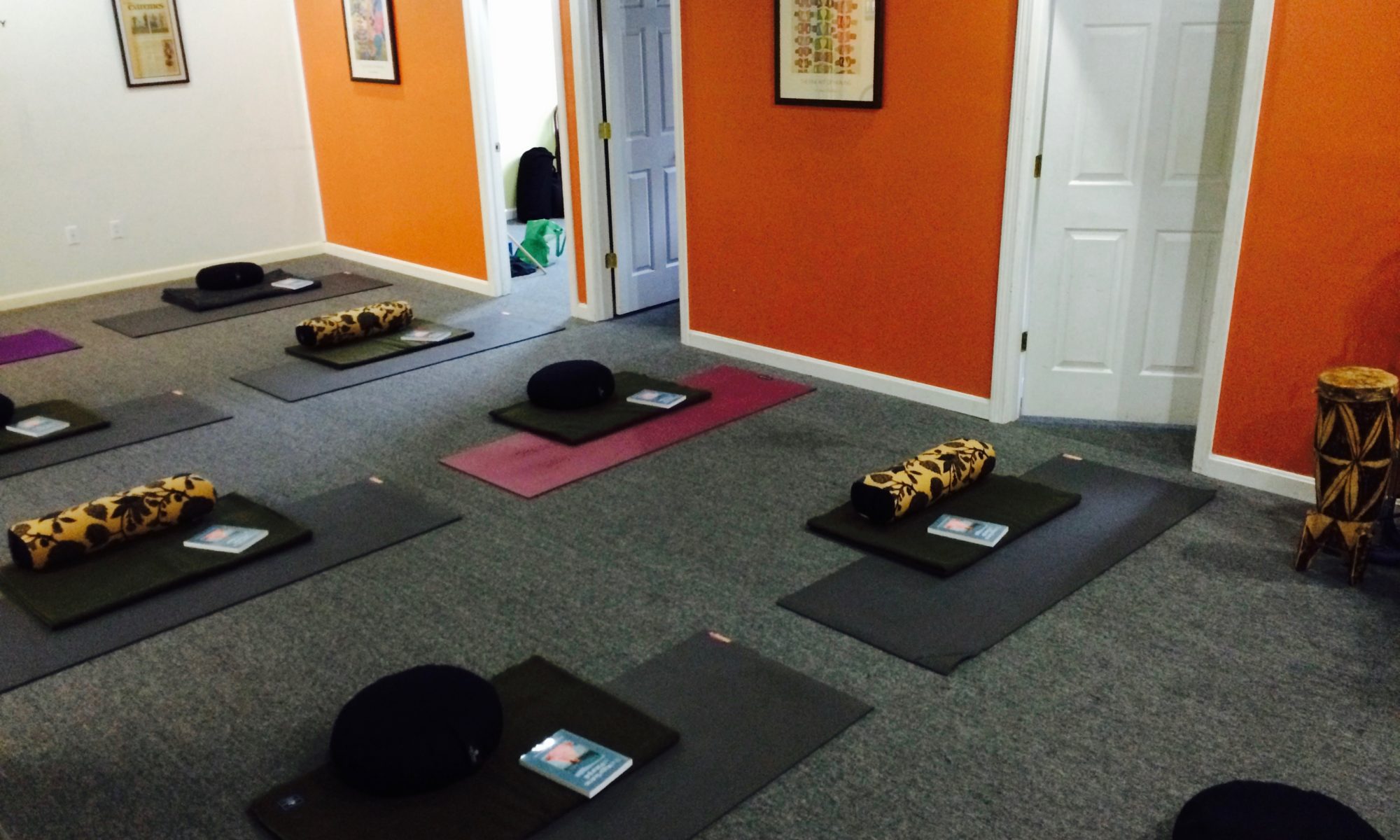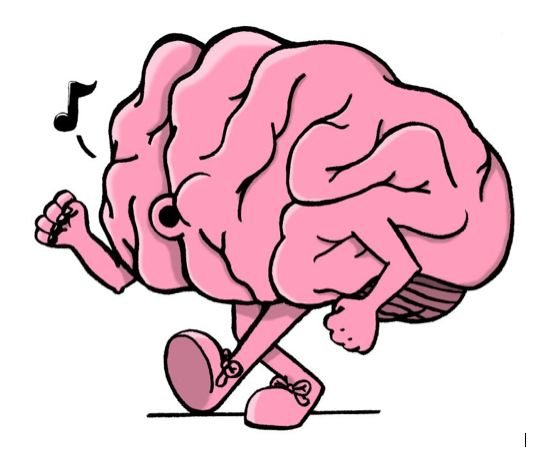September Class Schedule
Mr. Consciousness
I’m the Johnny Appleseed of consciousness. I introduce people to an aspect of themselves they rarely pay attention to: the difference between their thoughts and the awareness OF their thoughts – the latter being their consciousness.
Consciousness is as distinct from our thoughts as our thoughts are from our bodies!
We have 4 Moving Parts…..
Three that perform a single function in sequence:
We all have four perpetually moving “parts”: two physical and two mental. The energetically densest three: our heartbeats, breaths, and thoughts all “function” similarly: singly, consecutively and hopefully constantly!
And one that does a myriad of things simultaneously:
Our second mental part is our sub-conscious mind: it runs silently in the background; it’s the part that runs the ship, and is responsible for sensory processing, bodily function, memory and the root or “I am” level of our ego. It takes care of the walking, talking, and chewing so that we don’t have to! Be thankful we can’t “hear” our sub-conscious mind because it’s doing countless things simultaneously – the cacophony of mental commands would literally dive us insane!
Recognizing the difference between Conscious and Sub-Conscious mind:
The initial phase of practicing mindfulness or Raja Yoga is learning to recognize – and experience – conscious and sub-conscious mind separately. The former we interact with; the latter is only verifiable by its actions. In other words, everything other than the thought in our head is evidence of our sub-conscious mind functioning.
For example, we know our sub-conscious mind is functioning when we see our fingers move as we type: our conscious mind thinks a word, and our subconscious mind – the silent part responsible for bodily function – receives and relays the message to our fingers. That energetic communication and processing is generally done largely without our awareness!
….And One Intangible Part
Consciousness is the awareness OF what we’re thinking – period.
Consciousness NEVER changes, though obviously, WHAT we’re aware of changes constantly. For all intents and purposes our individual consciousness is eternal (it’s the origin of what’s commonly referred to as our spirit or soul; however, the existence of consciousness is readily verifiable: without it, you wouldn’t know that you’re alive, let alone reading this!)
Raja Yoga – an Alternative View of Sacrifice
Raja Yoga predates religion as we know it. It developed at a point in human history when it was common to sacrifice living things to appease a litany of gods. We eventually we figured out that such “external” sacrifice only works 50% of the time (think flipping a penny). However, true “internal” sacrifice or literally giving of ourselves: our time, effort, blood, sweat and tears – is rewarding in a deeply meaningful way 100% of the time. Selfless givers gain.
At the end of the day, the biggest benefit to practicing Raja Yoga – living mindfully or consciously – is that with time, we begin to see ourselves differently. Accepting the reality of the distinction between thoughts and the awareness OF thoughts literally changes our paradigm of life: we realize the existence of another dimension – and that it’s a part of us!! Life seems more miraculous and deeply spiritual. As we meditate, we draw closer to our immutable essence experiencing a deepened sense of contentment, understanding and acceptance.
A New Way of Seeing Ourselves
As consciousness becomes a bigger part of our self-image, the reflection in the mirror and voice in our head occupy less of our attention – dropping stress levels precipitously!
Perhaps most importantly, realizing the intangible nature of our own consciousness engenders faith its source, and faith begets serenity, courage and wisdom!
Meditating isn’t easy, but neither is suffering.
Blessings, Allan
Raja Yoga = Self-Awareness + Self-Control
I’m aware that since my mom died three months ago I haven’t been practicing what I preach: peace of mind.
I AM quicker to anger. I AM drinking and smoking more – moderated somewhat by more exercise and meditation. Worse, I have to remind myself more often what’s really important.
Well-intended friends have offered hugs, practical advice, pseudo-counseling – even hypnosis – to help nullify my recent moodiness and impatience.
Here’s the thing: we ALL suffer, and clearly sometimes more than others. Suffering is a natural consequence of our ever-changing universe and body/mind.
No matter how enlightened we like to think we are, we all experience physical and mental pain and pleasure in equal measure. One of my teacher’s teachers – a Master Raja Yogi (think Buddha meets Hercules) physically collapsed when he received news that his daughter was missing and presumed dead in an earthquake.
At times it does take Herculean or godlike effort to subdue desire and emotion – which ignite thoughts – which trigger actions. But the fight is worth it because our behavior is what worries us most!
After 60 years of often desperate searching, I attest that NOTHING I’ve encountered comes close to relieving stress better than the combination of Raja Yoga and time.
If I live long enough, mom’s passing won’t be my last life-altering blow. My current short temper will subside and my already broken heart will mend again. In the meantime, to anyone I’ve been less than kind to of late, I’m sorry.
Namaste, Allan
Meditation Relieves Suffering
Meditation takes discipline. It’s simple but not easy: literally all you do is focus on something for awhile – period.
Why bother?! For starters, the effect can be a self-induced, peaceful trance from which you arise recharged and refreshed.
Experienced meditators settle through four progressively subtle, calmer states of mind. The initial state, Dharana, coincides with settling the most active aspect of our sub-conscious mind: the part that controls bodily function.
Technically, during the first three levels of meditation, we hold an object still in our conscious mind while sub-consciously contemplating it. Remember, our conscious mind communicates in words; our sub-conscious mind communicates in images and sensations. Meditation is about witnessing those otherwise sub-conscious images and sensations – in a controlled setting of our own choosing!
It doesn’t matter what we contemplate with our conscious mind as long as we do so non-judgmentally. Meditation is an exercise in deepening our sense of intuition; it is NOT an exercise for our thinking, conscious mind – that was the focus of the last meditation prep exercise: distinguishing between our conscious and sub-conscious mind.
Devout yogis hold God in mind as they meditate; however, I suggest that students start with slightly more mundane, tangible objects like a flower or their favorite cereal!
The initial stage of meditation, Dharana, brings an end to destructive desires, though as with everything, practice makes perfect!
Three Levels of Sub-Conscious Mind
An experienced meditator passes through three states of awareness before completely settling his or her mind. The three states correspond with our three sub-conscious functions: bodily operation, memory and identity.
The longer you hold your focus on a single object, the deeper you settle your sub-conscious mind (read: the calmer & less stressful you feel!):
Initially, you train your mind to “sit”! The most active sub-conscious mental function is the first to calm down: bodily sensations and functions. Eventually, this initial phase of meditation (Dharana) relieves desire.
Next, you train your mind to “stay”! As desires fade and you’re able to concentrate for longer periods, memories that may trigger negative reactions begin to fade. Eventually, this interim phase of meditation (Dhyana) relieves sorrow.
After that, you lose conscious track of the distinction between you, the image in your mind, and the actual object of your focus! You effectively intuit the essence of (“become one with”) the object of our concentration! This final phase of meditation on an object (Samadhi) eliminates fear.
Thereafter, you enjoy the bliss of bathing directly in consciousness, undistracted by your otherwise constantly-functioning mind!
Meditation isn’t easy, but neither is suffering.
Introductory offer
$100 10-Class Pass or unlimited month of yoga
Welcome everyone! Stretch, breathe and relax!
15 classes weekly
2 – 4 classes daily
7pm class daily
211 Essex Street – Swampscott – 01907
Mind Control – Step #1
In order to control your mind, you have to understand experientially how it functions!
Begin by verifying for yourself, that you can categorize each of your thoughts into one of five types:
1. Correct – these are verifiable by observation, inference or authentication
2. Incorrect – these are caused by misperception
3. Imagined – these have no basis in reality
4. Neutral – these are simply observations, or perceptions without judgment [your conscious mind is always on, but when its not interpreting, imagining or remembering, it idles like an engine in neutral: the state of mindfulness and meditation]
5. Remembered – these are impressions that remain of the other four.
Parkinson’s – WTF?!
I had lunch with a dear friend whom I haven’t seen in eight years. He’s developed Parkinson’s – I suspect as a consequence of a severe concussion he got when he slipped and fell in his driveway.
When I last saw him, he was wearing an odd-looking pair of glasses to correct his double vision, and he had a mild tremor. I’m sure everyone thought at that point that he was on the mend and the worst of the accident was behind him.
An accident caused, as my personal-injury lawyer friend would say, “without contributory negligence!” – to frankly, one of the smartest, kindest people outside my immediate family that I’ve ever met.
We had lunch weekly for almost ten years. We didn’t agree much in those early years about politics. In my mind, he’s always been a staunch liberal – but not for his own sake! His interest has always been in leveling the playing field for people not able (for whatever reason!) to provide for and protect themselves.
Some would say that my friend is an earthy-crunchy kinda guy. THIS is the guy whom Mother Nature, Karma, or Whatever-you-call-it decides to saddle with Parkinson’s?! Yeah – there really seems to be no justice.
Buddy, you probably won’t, but I encourage you to tag yourself somehow herein so that anyone reading this can follow you online. I’m honored to call you a dear friend – and equally saddened for you Pal. May Whatever-YOU-call-it level your playing field before you pass-on from this realm.
Remember the Samurai who lived a lifetime in the last few minutes of his life – literally, as was he was walking through a garden on his way to the spot where he was about to formally commit Hari-kari. His senses came alive: he smelled the dampness in the air; everything appeared brighter, crisper; he heard his own soft footfalls; and felt the gentle wind against his skin.
Buddy – be the Samurai. I love you.
Here’s a link to a Parkinson’s blog about the benefits of meditating. May you know your own source of solace and comfort always.
What Happens After Our Heart Stops Beating?
My undying gratitude, love, respect and admiration for the teacher who’s influenced my understanding of the science and philosophy of Raja Yoga the most: Edwyn F. Bryant, Rutgers University Professor, Religions of India.
For the past 14 years my personal practice has centered on the first half of The Yoga Sutras: the practice, and the science behind it; specifically, the attitude, conduct and exercises that facilitate meditation and produce a healthy body/mind.
It’s only recently – now that I am convinced beyond doubt that consciousness is NOT a mental function – that I’m drawn back to what attracted me to the practice in the first place: a search for answers.
The realization that consciousness is indeed “of a different dimension” begs ALL SORTS of other – literally unanswerable – questions.
The only way to verify the existence of consciousness is to realize that without it, you wouldn’t know that you were alive, let alone reading this! Beyond that – and the MANY inferences readily drawn therefrom! – we are each left to decide for ourselves – on faith – answers about the purpose, origin and end of this life, including the wicked-awesome intangible part without which we wouldn’t be aware of sight, sound, taste, smell, and touch for starters!
Frankly, realizing the existence of consciousness begs the more pertinent question: What happens AFTER our heart stops beating?
Here’s the gist of Raja Yoga’s perspective:
For all intents and purposes – as far as our body/mind is concerned – consciousness, the awareness OF our thoughts, is immutable and eternal; it never changes – though obviously, what we’re aware of changes constantly.
Yogis believe that:
• Consciousness remains unaffected by anything – including the passing of our body/mind (i.e., consciousness IS eternal – period). It’s the only “thing” that’s truly intangible, or of a different dimension, and thus not subject to karma;
• The subtlest energetic aspect of our body/mind – the aspect of each of us that’s closest to consciousness itself (think, “unfilled memories” or “karmic triggers”, intuitively the least changeable aspect of our “tangible” selves) somehow survives the passing of our body/mind;
• Further, that somehow our über-subtle, energetic “bag-o-memories” a) remains intact; b) is absorbed back into the swirling energetic ether around us; and c) is reanimated in another life-form – simultaneously with its coming to life and becoming in-filled with consciousness. The time, place and circumstances of that happening is determined by the energetic nature of each unique “bag-o-memories”. [Remember the natural law of karma: EVERY cause has an effect; these “unfilled memories” represent the “cause” side of the equation!]
That’s a bit of a stretch for me; not that it makes ANY difference to THIS body/mind – but it seems logical if not inspiring and hopeful, and would explain the existence of child prodigies!
I will say that IF you truly begin to believe that there IS a part of you that survives the death of your body/mind, time takes on an entirely different perspective, and stress virtually fades away. 😉
Fortunately, each of us gets to decide what our purpose is while we’re here and what, if anything, happens to us after our heart stops beating. Raja Yoga (meditation) provides answers to YOUR questions. Practicing calms your mind and deepens your intuitive understanding of the world around you.
Namaste, AAD












